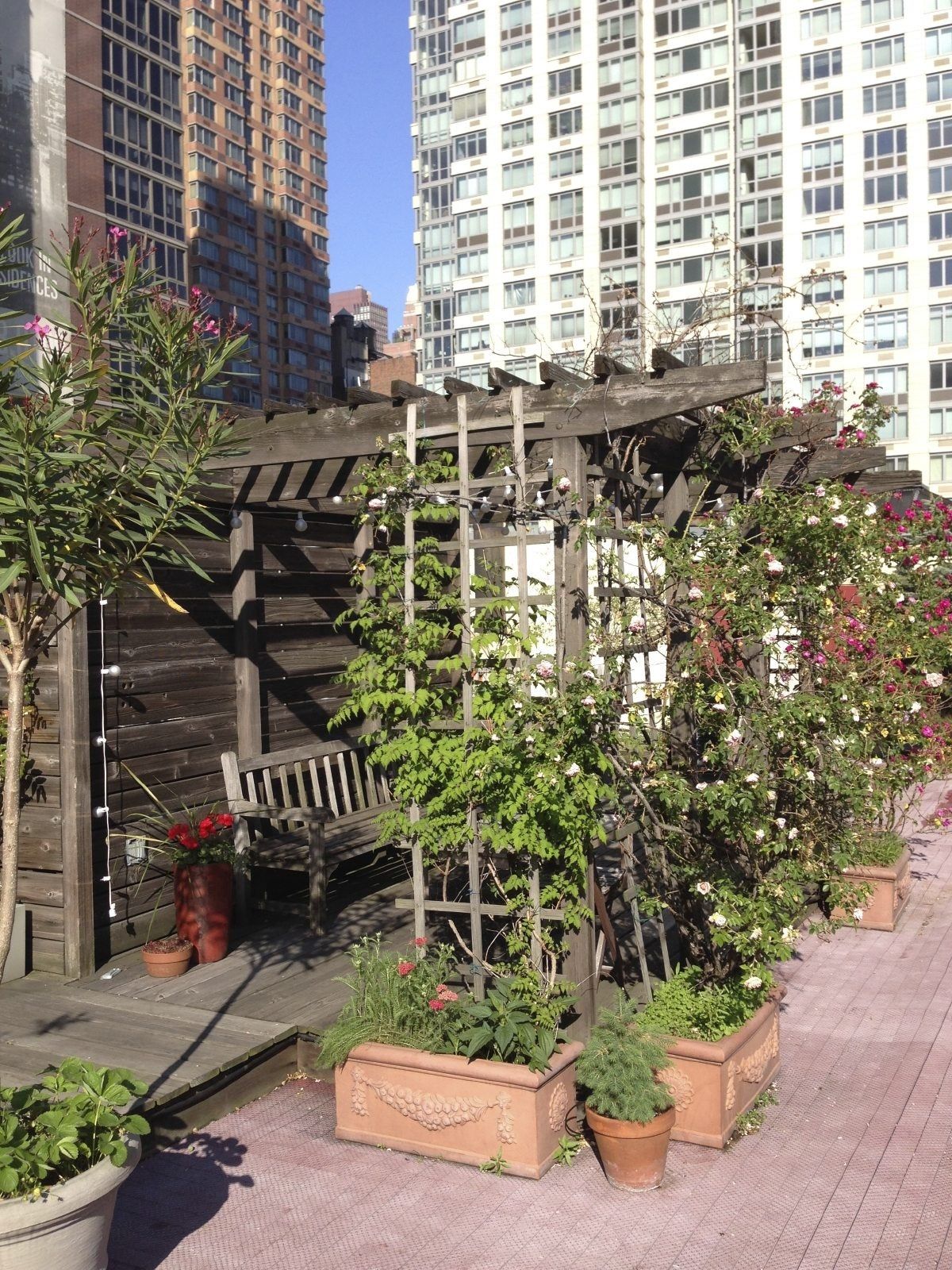Some Ideas on City Blooming You Need To Know
Table of ContentsCity Blooming for DummiesCity Blooming for DummiesExcitement About City BloomingAll about City BloomingHow City Blooming can Save You Time, Stress, and Money.
Fascinated in expanding food for sale in the City of Chicago? Below is a checklist of frequently asked inquiries regarding the rules and regulations that farmers need to think about when planning a city farming task.
The zoning modification does not customize any kind of various other codes managing composting, structure authorizations, purchasing or leasing City owned residential or commercial property, company licenses or environmental contamination. There are existing codes that regulate these problems and they remain in complete impact and may apply to your project. Neighborhood yards are generally owned or managed by public entities, public companies or community-based organizations and preserved by volunteers.
Urban ranches expand food that is meant to be marketed, either on a not-for-profit or for-profit basis. Because of their commercial purpose, metropolitan farms require an organization certificate. Yes. A community garden is permitted to market excess generate that was expanded on website if the sales are accessory or secondary to the garden's key objective described over.
The 6-Minute Rule for City Blooming
Composting is permitted yet just for plant product that is produced and used on site. The quantity of garden compost material can not exceed 25 cubic backyards at any given time according to the criteria in 7-28-715 of the City's Municipal Code. Yes. Due to the fact that the dirt at the majority of brand-new yard websites needs changing, compost, soil, timber chips, or various other materials can be gotten to construct or boost the growing space - container and raised bed gardening etc..

If a structure authorization is needed after that the hoophouse will certainly be thought about an accessory building. You can figure out more regarding the structure authorization requirements by getting in touch with the Department of Buildings. The 25,000-square-foot dimension restriction is intended to protect against a solitary neighborhood yard from controling a given block or interfering with the block's existing household or business character.
The limitation does not apply to yards found in Public Open Space (POS) districts. Can there be more than one area yard that is 25,000 square feet on a solitary block? Secure fencing is not needed, nonetheless, yards that have large car park areas may be needed to install fencing or various other landscape design attributes.
What Does City Blooming Mean?
B1 & B2 areas require that all business use tasks be performed indoors. R districts limit commercial activity. The policies reflect the function and intent of the Zoning Code. Is fence required for metropolitan farms? Yes. Fencings might be called for, along with landscaping and testing, for particular auto parking locations and outdoor job or storage space areas depending upon place and the specific task happening.
Urban ranches call for structure permits and zoning approvals prior to building and construction (balcony and patio garden design). Other kinds of city evaluation might be required depending on details structures, activities, dimension, landscape design, licensing, public heath and stormwater administration concerns.
The Division of Service Affairs and Consumer Defense can aid establish the particular type of service certificate that's needed. Off street car park is required for most industrial tasks in Chicago. The required number of vehicle parking rooms is based on the number of workers working on site and not the square video footage of the expanding area.
City Blooming for Dummies

Yes. An urban farm can offer compost product produced on website, nonetheless, the procedure needs to follow the laws in 7-28-715 of the Chicago Municipal Code. Yes. Aquaponic systems are enabled inside on urban farms in several zoning districts. Nonetheless, a zoning review and building license is called for in you can look here order to mount structures or systems and an organization license is required as explained over.
Approximately 5 hives or swarms of honey may be kept as an accessory usage. Beekeepers should sign up with the Illinois Division of Agriculture. For even more details concerning the suggested zoning change you may call the Division of Housing and Economic Development, Bureau of Planning and Zoning at 312.744.8563.
, which takes area in rural locations at the edge of suburban areas.
City Blooming Can Be Fun For Everyone
It can involve a motion of organic farmers, "foodies" and "locavores", who look for to create social networks based on a shared principles of nature and area holism. These networks can create using official institutional assistance, becoming incorporated into regional community planning as a "transition town" activity for sustainable metropolitan advancement.
In either case, the extra straight accessibility to fresh veggie, fruit, and meat items that may be become aware through urban agriculture can enhance food protection and food safety and security while decreasing food miles, causing reduced greenhouse gas discharges, consequently adding to climate change reduction. A few of the very first proof of metropolitan agriculture originates from Mesopotamia.